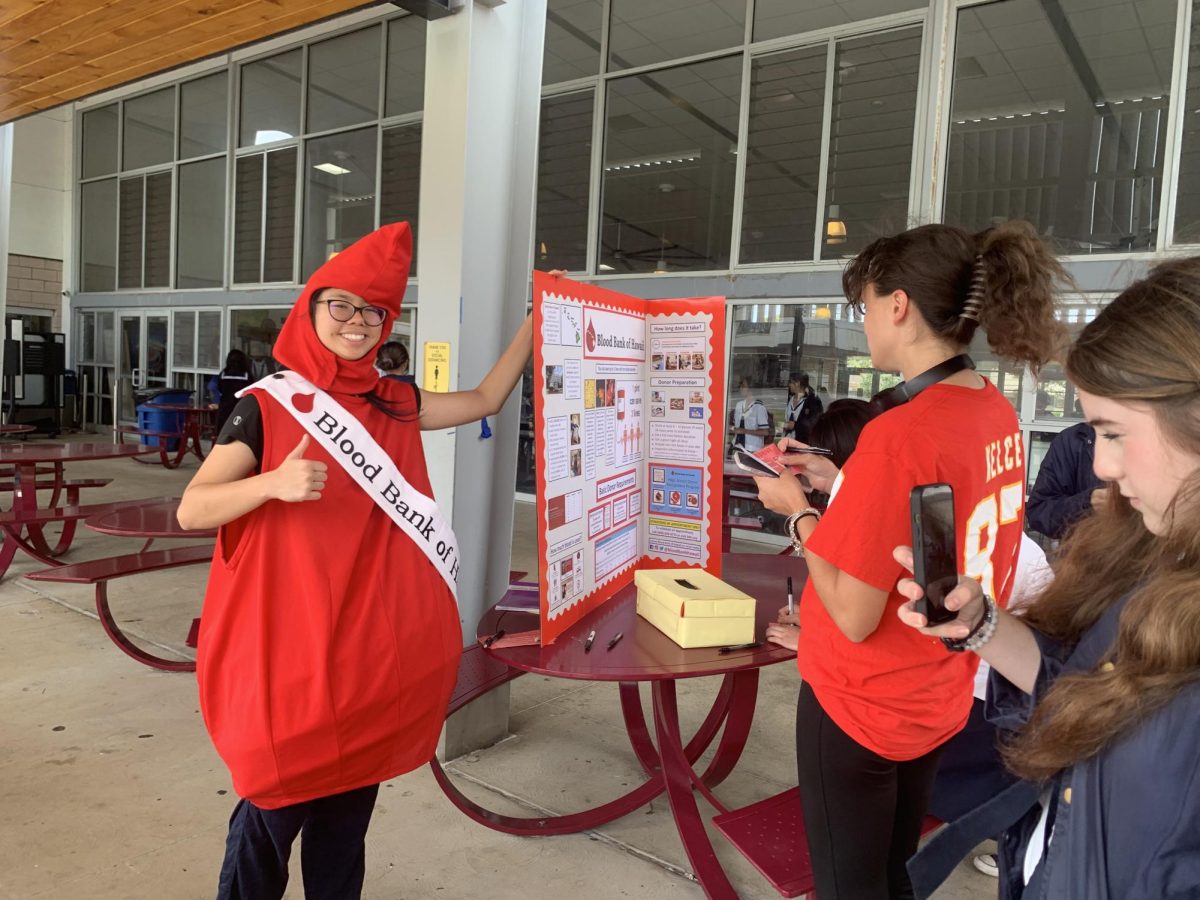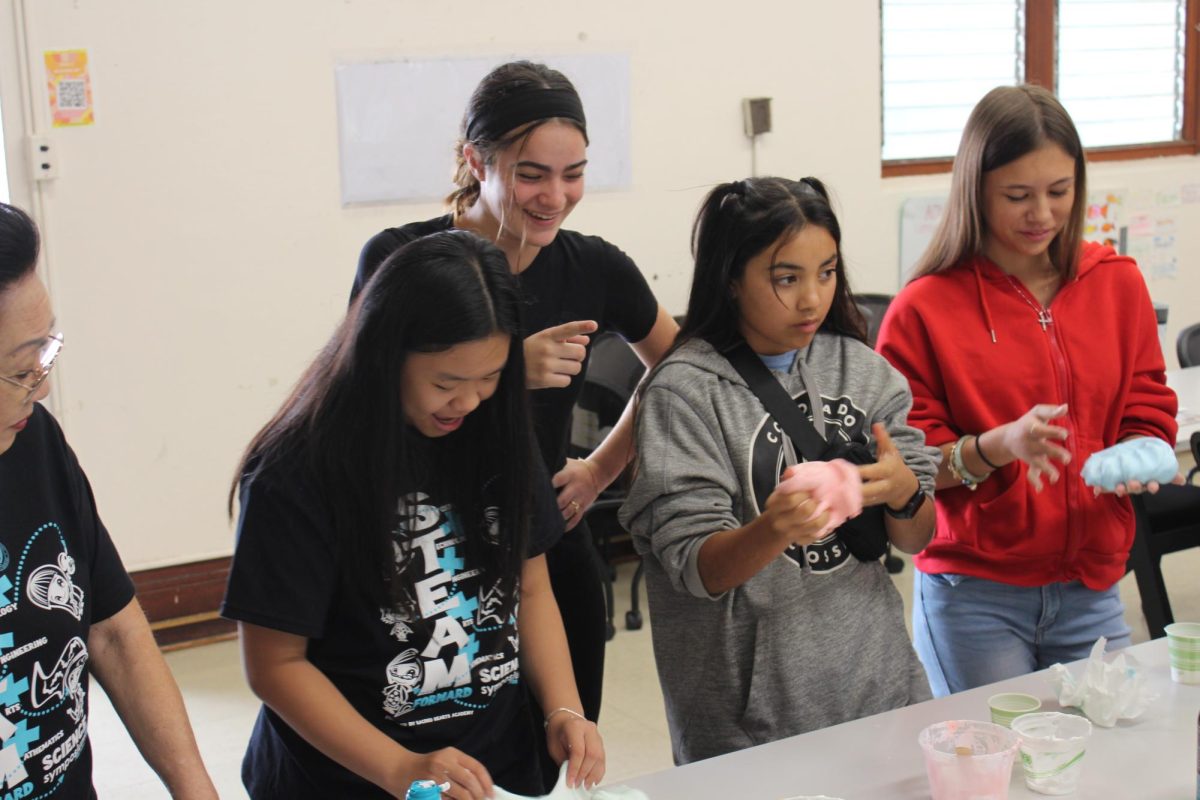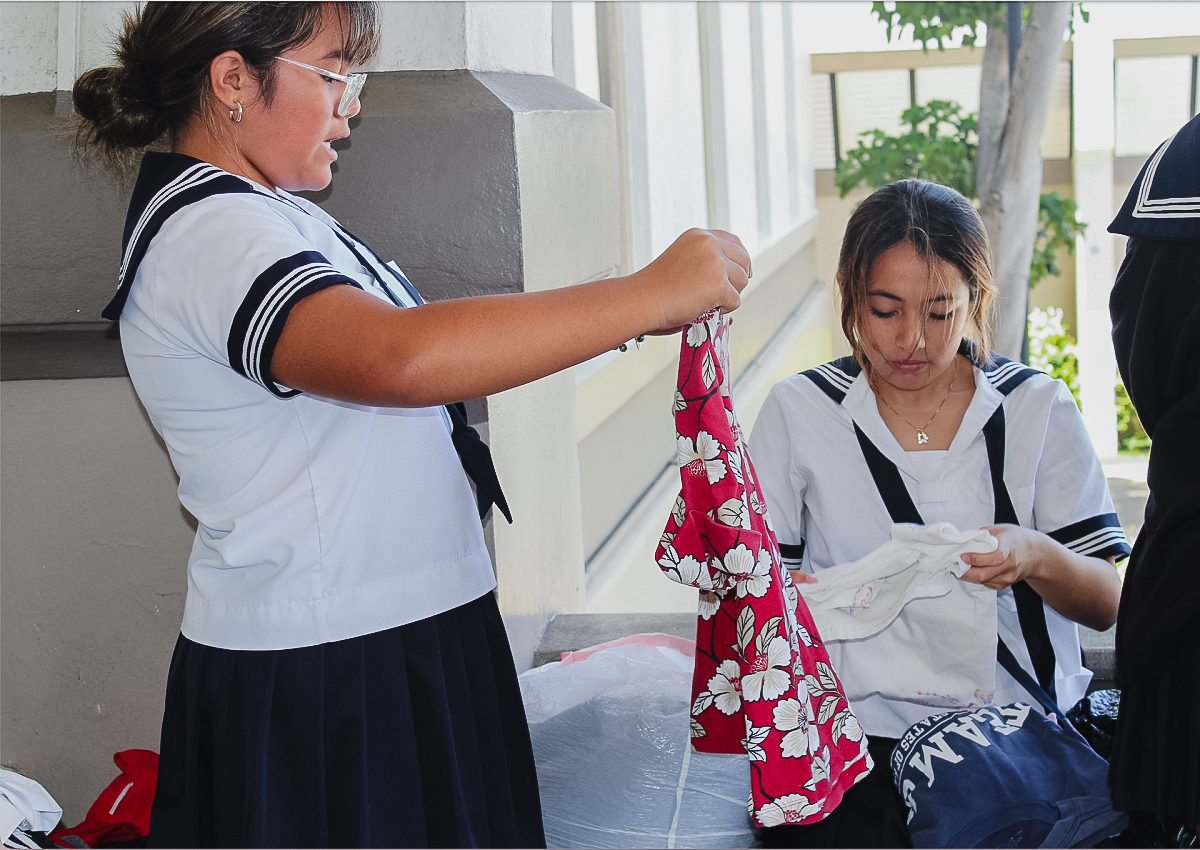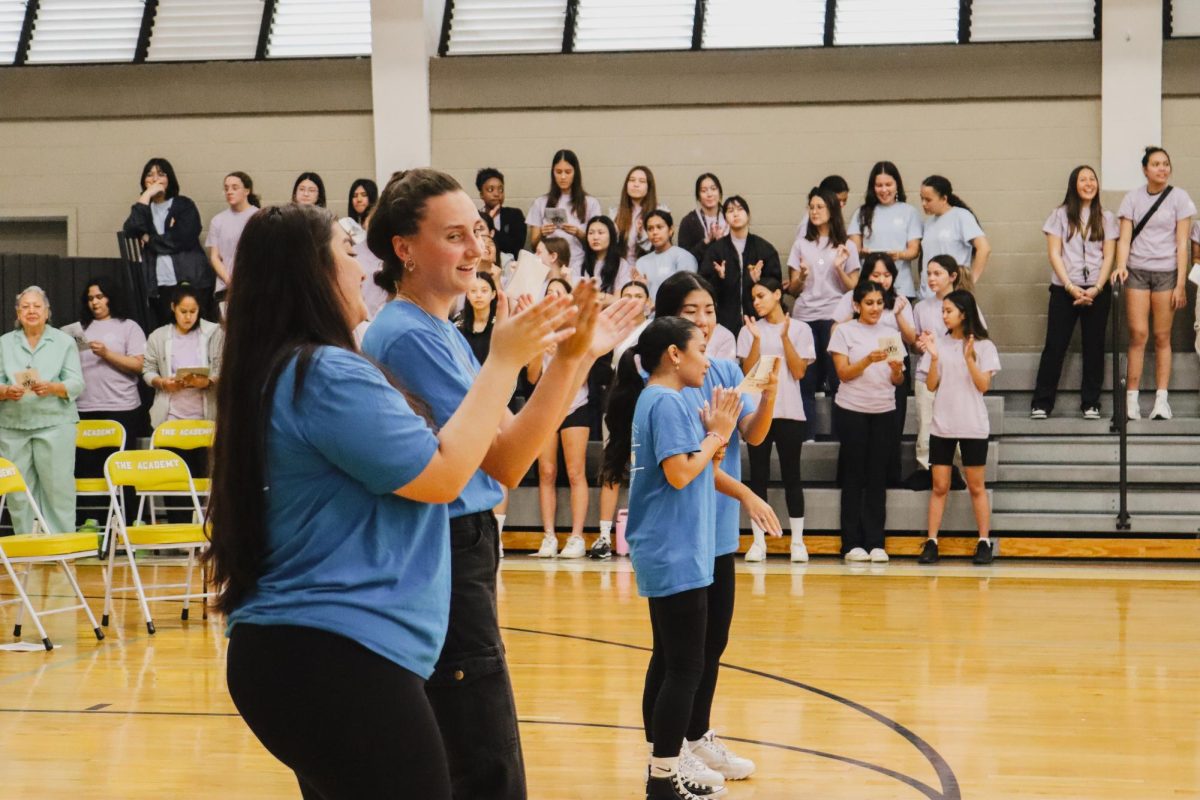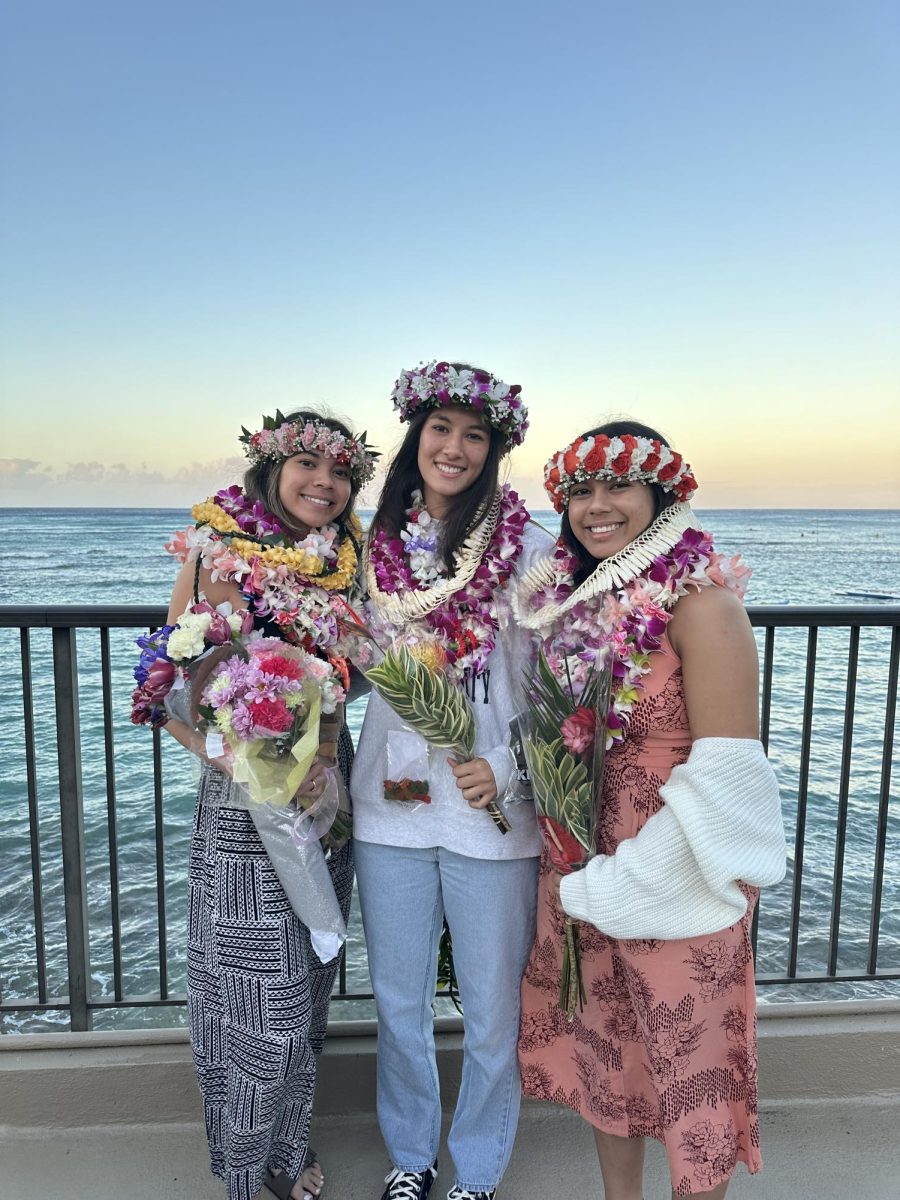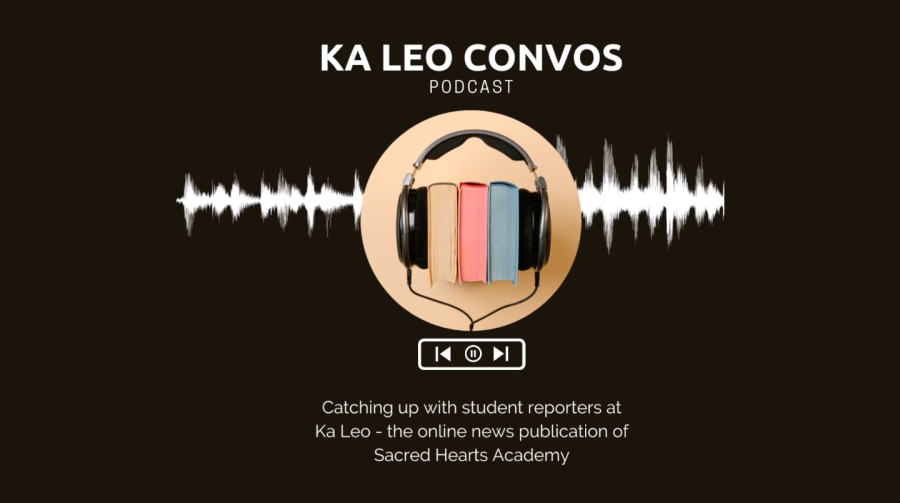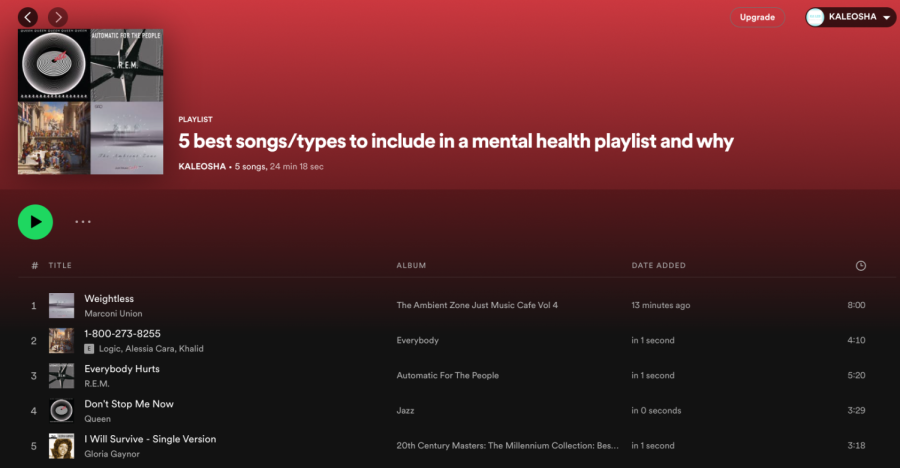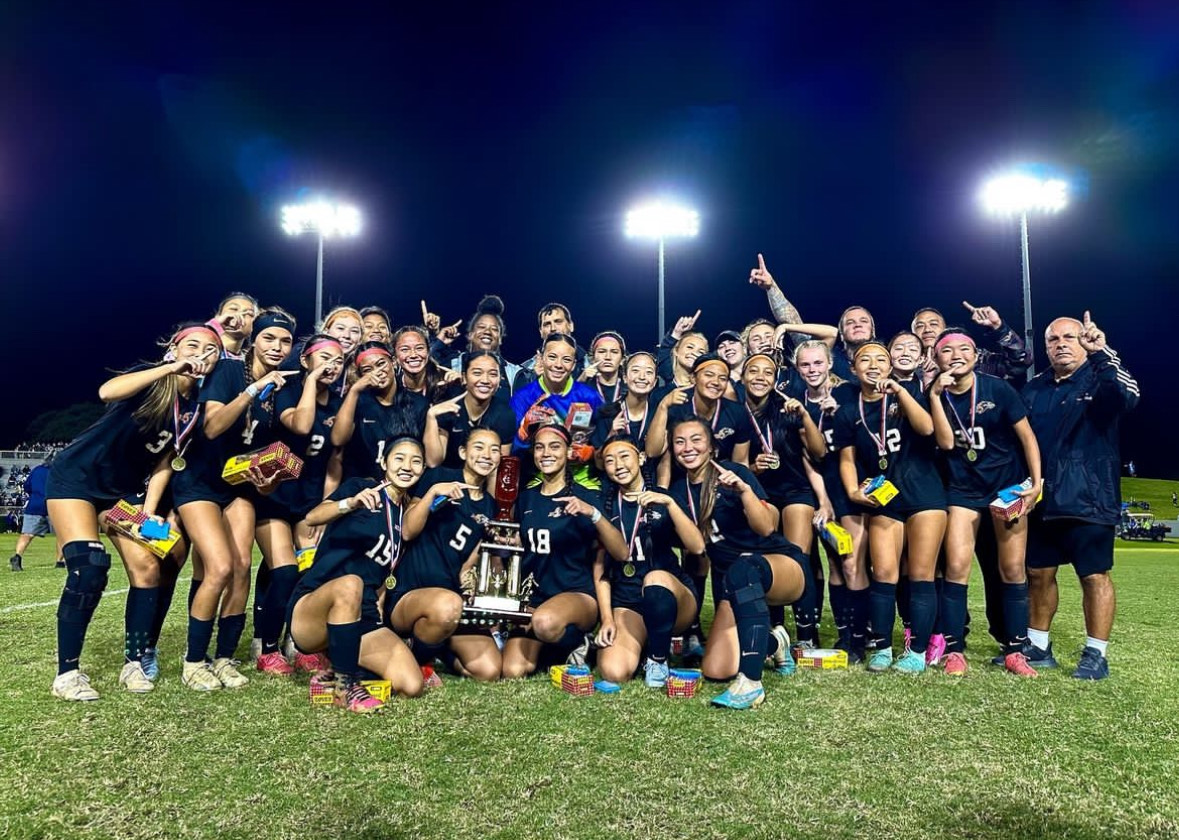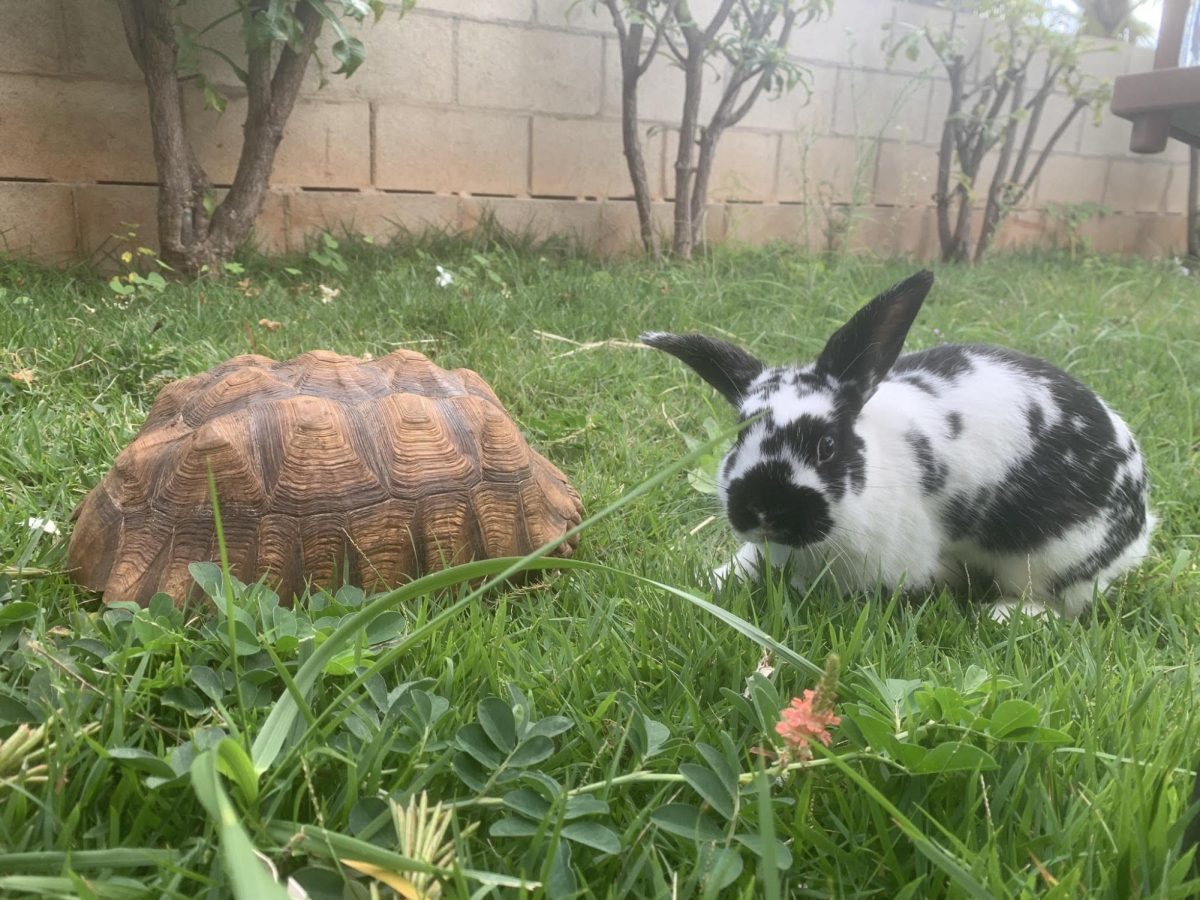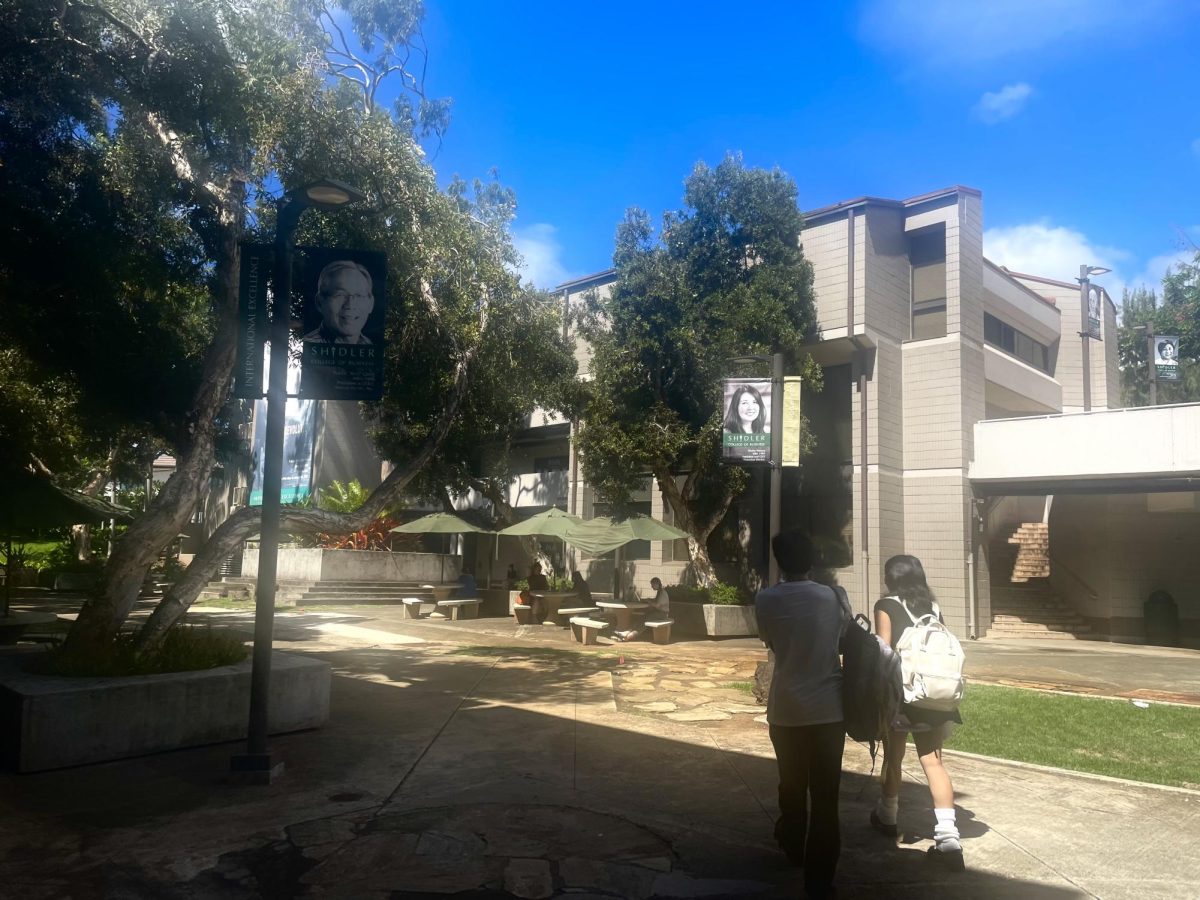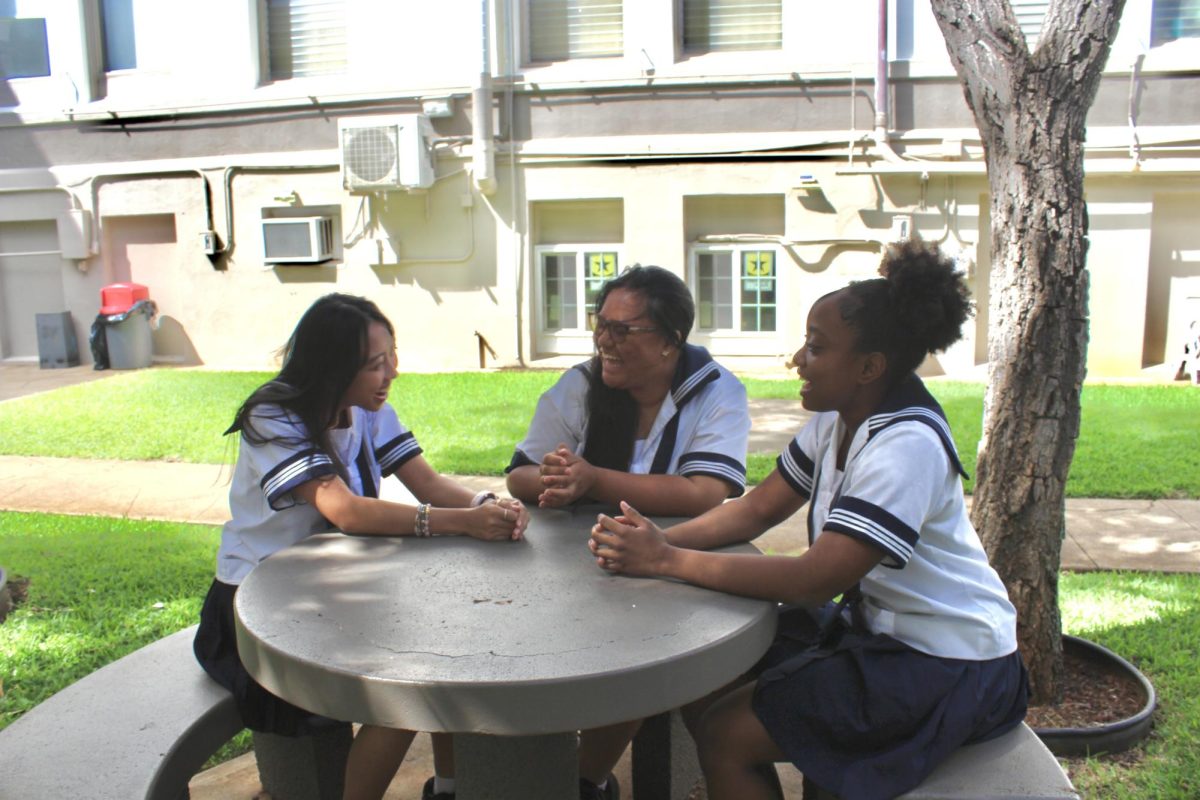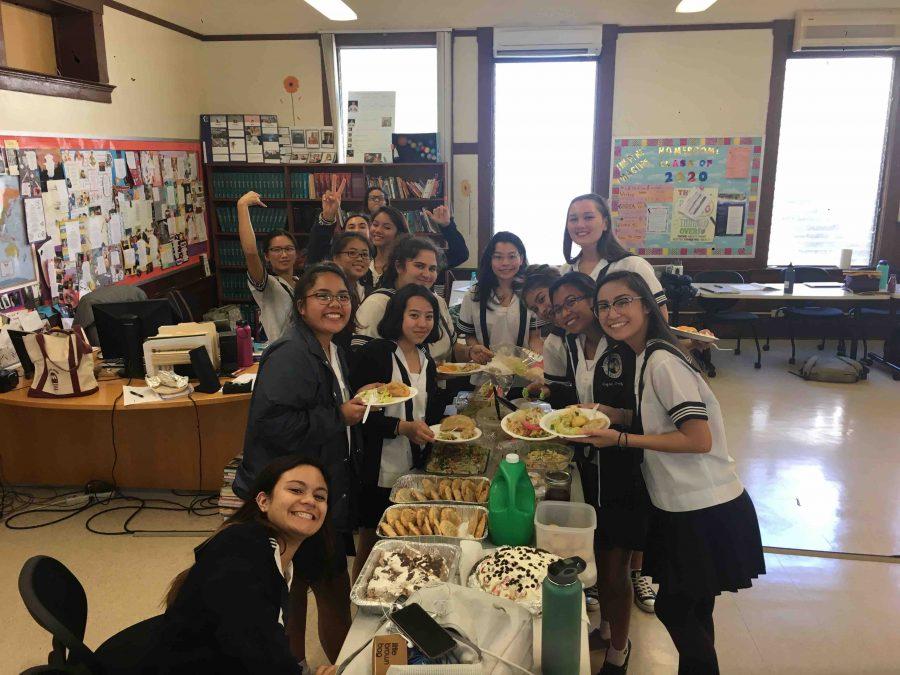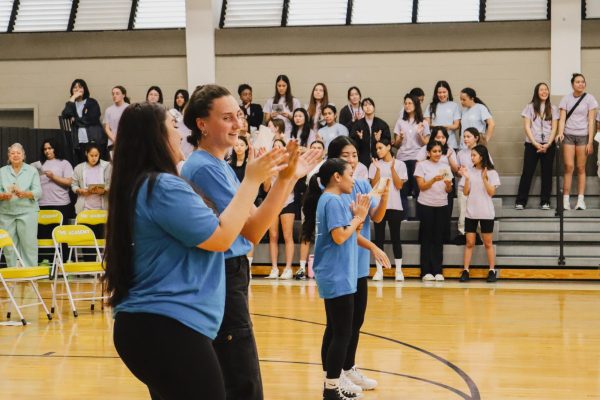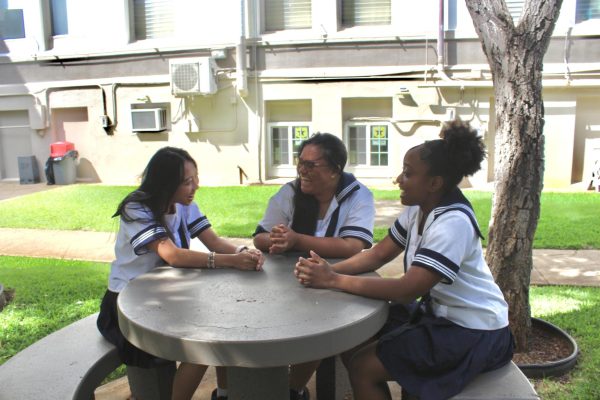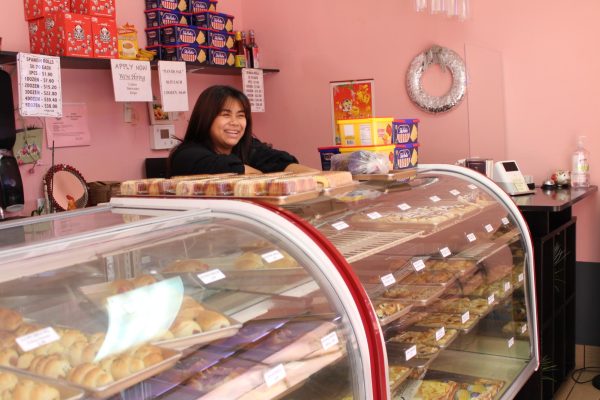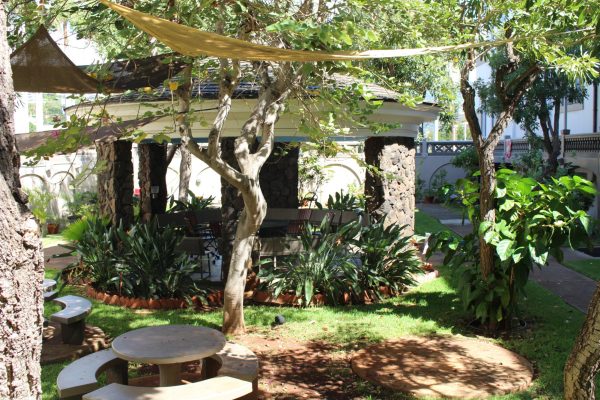Learning literature through food
This year, for the first time ever, students at Sacred Hearts Academy were able to learn about literature by way of their taste buds.
Literature of Food and Culture is an English elective class offered to high school students.
Junior Hiialo Apo took the class during the first semester.
“I liked learning about how food has a huge impact on our lives,” Apo said. “Culturally, food brings people together. We spend a lot of time together and gather around food.”
Teacher Chloe Smith divided the curriculum into four units. Through these units, the students learned how food was connected to cultural identity, individuals, exploration and the food industry.
In the Food and Cultural Identity unit, students were tasked with finding out the most popular and most common foods found in that country. The students learned how certain foods can help establish an identity for that country.
The Food and the Individual unit focuses on society’s relationship with food and how it impacts people’s lives. In this unit, students read “The Particular Sadness of Lemon Cake” by author Aimee Bender. The book is about a young girl with the gift of tasting others’ emotions through the food they make.
The Food and Industry unit addresses the production process of foods. It covers everything from when the food item is first made to when it ends up in the store. Students learned about this process by reading excerpts from the book, “In Defense of Food” by author Michael Pollan.
In the last unit of the semester, students were able to choose a book from a list provided by Smith. Each of the books included a plot about how individuals used food to explore who they are as a person.
In addition, Smith assigned cooking projects, in which the students made four different dishes. The dishes included an appetizer, a main dish, a dessert and a dish from the culture they researched.
“The semester-long cooking project was interesting,” Apo said. “It helped me to learn about foods of different cultures. I (even) learned how to cook a variety of dishes.”
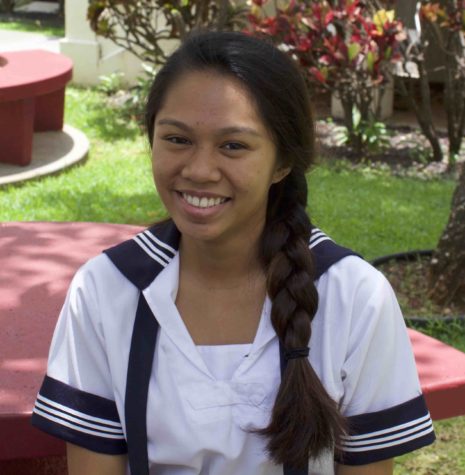

Rochell Ann Agapay is a first-year Journalism student and currently a junior at Sacred Hearts Academy. In her free time, Rochell likes to take pictures...

